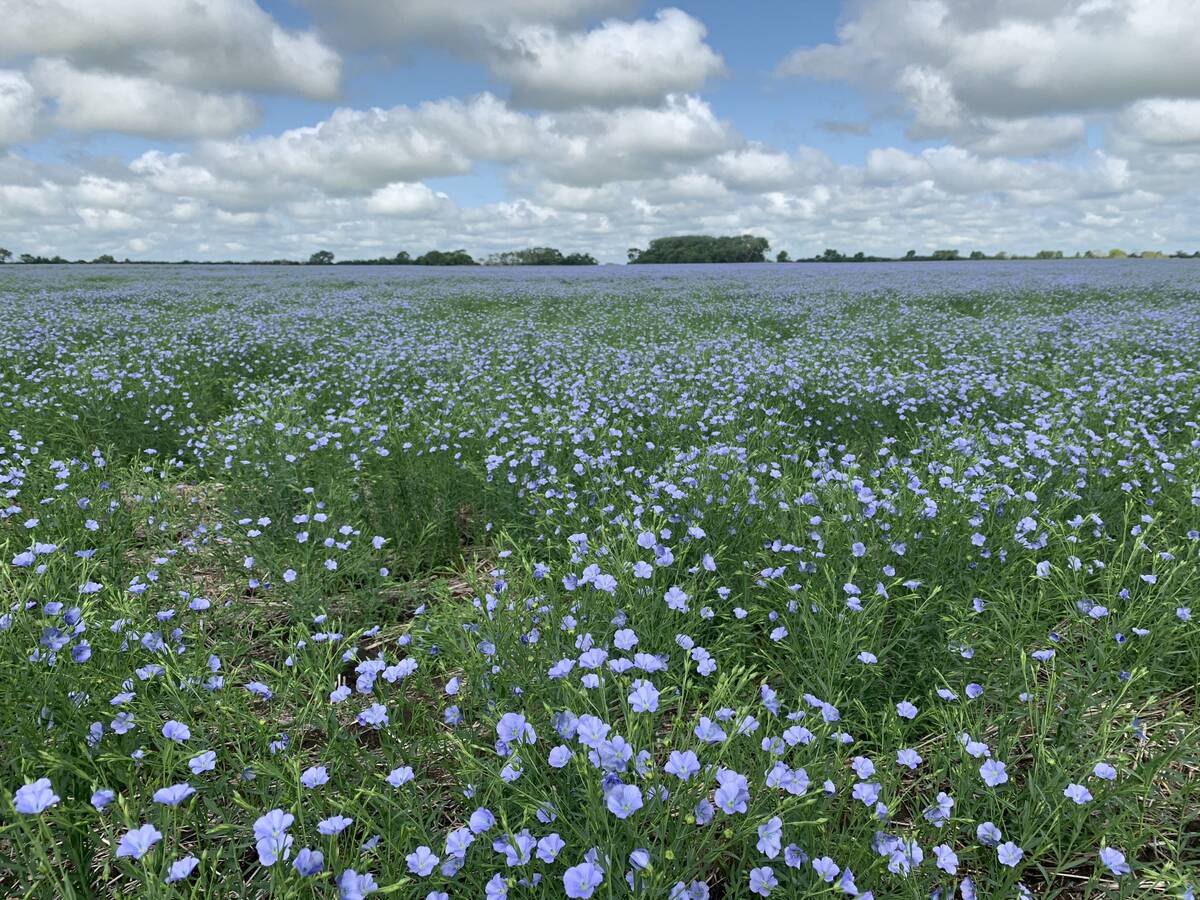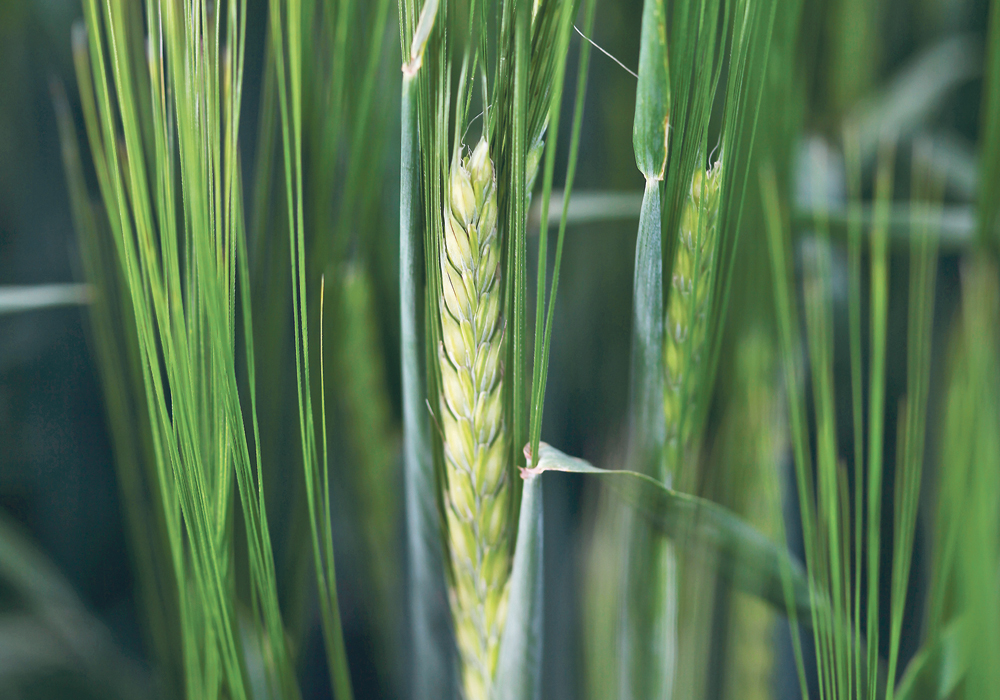Beer barley doesn’t sell itself to one marketplace.
It’s being sold to multiple marketplaces with very different interest in protein, enzyme, starch and quality levels.
“We have very different marketplaces,” said Peter Watts, managing director of the Canadian Malting Barley Technical Centre.
“Each marketplace has different quality requirements.”
That means that barley isn’t just barley in the elevators’ and buyers’ eyes. Each one has different needs and different customers that might need sharply different product.
Chinese buyers mostly want high protein and high enzyme malting barley in order to pair with cheaper grains like corn and rice. A variety like Metcalfe works well for that, with protein levels of 11.5 to 13.5 fitting their needs best.
Read Also

Flax sector sees omega-3 opportunity
SASKATOON — A global shortage of omega-3 oils could be an opportunity for the flax sector, says an industry official….
Mainstream brewers and maltsters like moderate protein and moderate enzyme content, with protein of 11 to 13 percent being typical.
Craft brewers like low protein, low enzyme barley, with 9.5 to 11.5 percent protein most common. A variety like Copeland works well for those users.
Chinese buyers are willing to take lower qualities of barley compared to North American buyers. Craft brewers can be very particular about the barley they buy because they have little ability to play with formulas in brewing.
The rapid rise of craft brewing has been a godsend to the barley industry. Although craft beer only makes up about 13 percent of beer volume in North America, it uses 35 to 40 percent of the malting barley since most don’t use adjuncts.
“This has been a real boom for Canadian malt exports,” said Watts.
Because of the different needs of buyers, different marketers and grain companies will also have different needs. Farmers shouldn’t assume one buyer’s interests and demand will be the same as others.
Barley is making an acreage comeback, having fallen to about seven million acres five years ago, but last year hitting about 10 million.
Production last year was the best in a decade and demand has been good.
Farmers seem willing to put some faith back into barley.
“Obviously that’s been a reflection of better returns for you as producers,” said Watts.
















